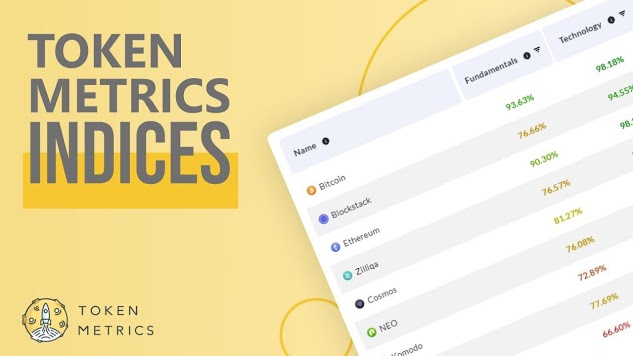Polygon Labs Charts Course for Decentralized Governance

Share this article
In a bid to redefine the governance of its blockchain network, Polygon Labs is advancing its governance mechanism with the proposed Polygon 2.0 upgrade, an announcement read. As revealed on July 19, this innovative roadmap intends to cover all blockchains and applications within the Polygon ecosystem, presenting a three-tier system to govern its operations.
1/ The final announcement of Polygon 2.0 proposes a new governance framework, built in collaboration with the community.
The framework focuses on three main governance aspects — the three pillars of future development and growth of the Polygon ecosystem. pic.twitter.com/tWQ2dvuLDO
— Polygon (Labs) (@0xPolygonLabs) July 19, 2023
The first tier in this model involves the enhancement of the Polygon Improvement Proposal (PIP) framework. By extending the scope of PIP, Polygon aims to give all community members the opportunity to propose and research upgrades for the protocols, thus cultivating a diverse range of perspectives and insights that may potentially be integrated into the system:
“The PIP framework is intended to expand to eventually cover the entirety of the Polygon permissionless stack, giving the community a formal way to research and propose upgrades which may eventually become part of protocols.”
Following this, the second tier, known as System Smart Contracts Governance, is geared toward simplifying the process of protocol modifications and smart contract software upgrades. A specialized council, composed of community-elected representatives, will supervise these changes, emphasizing the role of the community in influencing key operational decisions “to arrive at the fully-enabled, community-controlled governance model which ensures efficiency and security.”
The final tier involves setting up a Community Treasury. This mechanism is designed to stimulate the growth of the Polygon ecosystem by providing funds for various projects. While an independent board will initially oversee the treasury, the goal is to eventually transition toward a model of community governance:
In two phases, Polygon will establish an independent Community Treasury Board, aimed at promoting Polygon’s growth by providing support and funding for the ecosystem and public goods. Then, the second phase will focus on the progression toward greater community governance of both the Community Treasury Board and the Treasury itself:
“Various models and primitives can be considered, including but not limited to: Quadratic token voting; Self-sovereign identities to guarantee sybil resistance; Reputation-based decision-making, etc.”
Share this article
The information on or accessed through this website is obtained from independent sources we believe to be accurate and reliable, but Decentral Media, Inc. makes no representation or warranty as to the timeliness, completeness, or accuracy of any information on or accessed through this website. Decentral Media, Inc. is not an investment advisor. We do not give personalized investment advice or other financial advice. The information on this website is subject to change without notice. Some or all of the information on this website may become outdated, or it may be or become incomplete or inaccurate. We may, but are not obligated to, update any outdated, incomplete, or inaccurate information.
You should never make an investment decision on an ICO, IEO, or other investment based on the information on this website, and you should never interpret or otherwise rely on any of the information on this website as investment advice. We strongly recommend that you consult a licensed investment advisor or other qualified financial professional if you are seeking investment advice on an ICO, IEO, or other investment. We do not accept compensation in any form for analyzing or reporting on any ICO, IEO, cryptocurrency, currency, tokenized sales, securities, or commodities.
See full terms and conditions.














